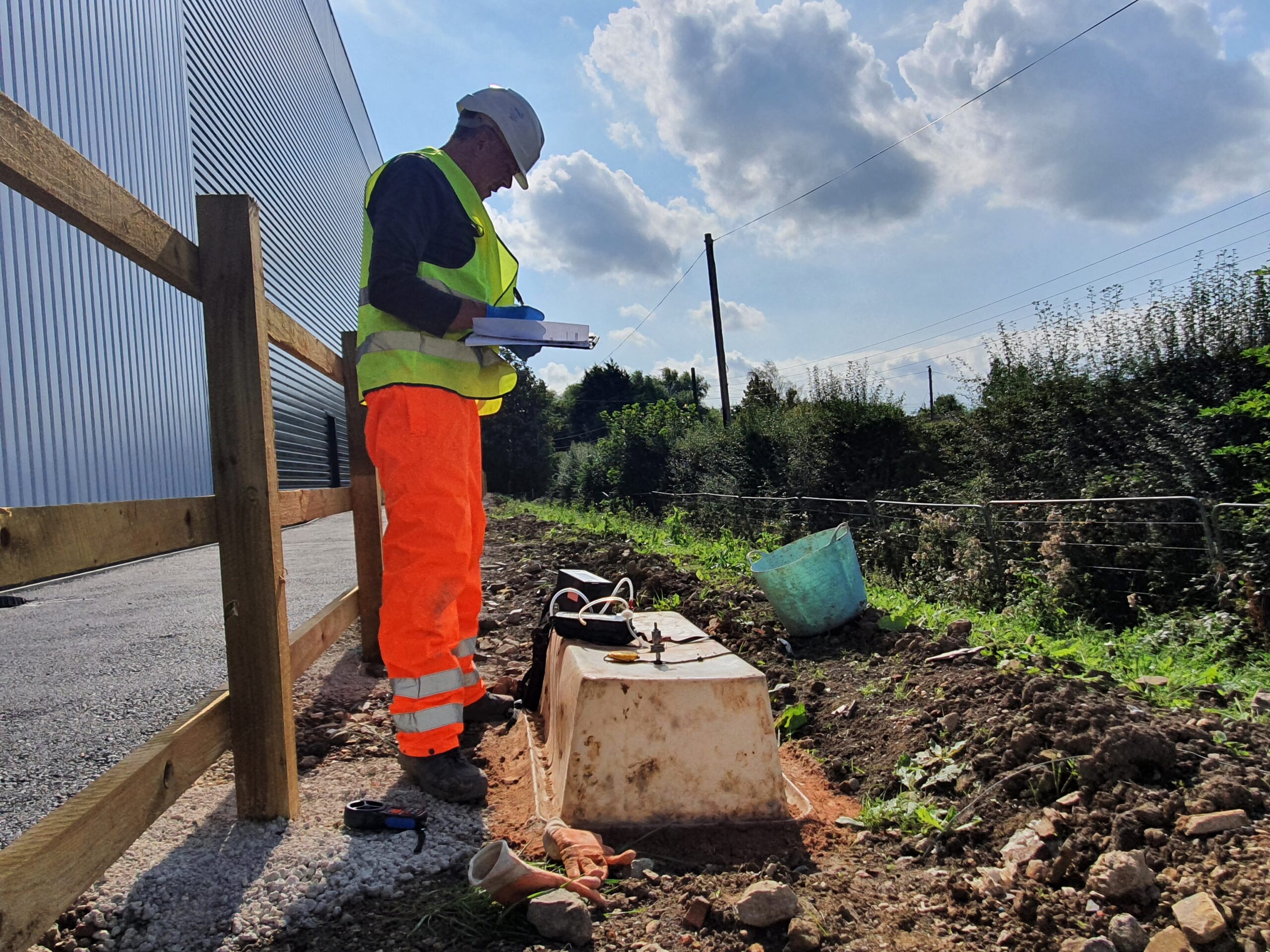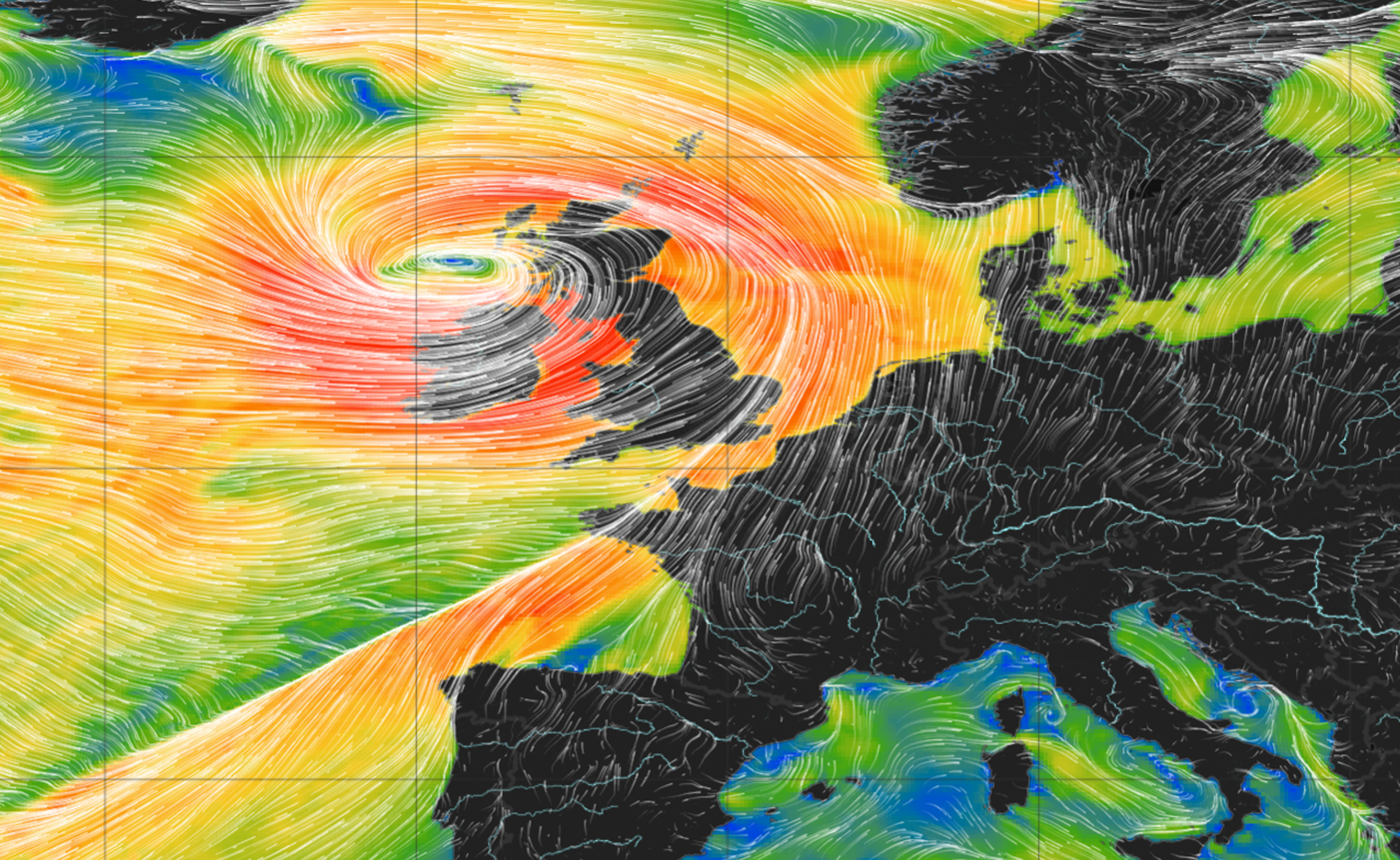Multiple lines of evidence: Top 5 monitoring methods for ground gas
A multiple lines of evidence approach to ground gas monitoring employs several best practice techniques to acquire robust data. This data is then collated and analysed to present the clearest possible picture of the ground gas regime.
You could be tempted to call it the “common sense” approach. As with any important decision, having more than one assurance that you are doing the right thing reaps benefits. It generates confidence that the correct steps were taken, accurate information received, and the best outcome determined.
When considering a multiple lines of evidence approach with ground gas monitoring, here are our top 5 techniques.

-
Walkover surface emissions surveys
Walkover surface emissions surveys are an effective method of providing evidence that gas management systems are working. This methodical site assessment identifies surface emissions, detects faults in gas protection measures, and informs any necessary remedial action.
A walkover survey quantifies emission levels and identifies other potential gassing sources. Monitoring is completed using a GPS-enabled portable landfill gas detector and performed in transects, ensuring the thorough and systematic assessment required to demonstrate compliance with regulations.
2. Dissolved gas sampling
Dissolved gas sampling using low-flow sampling techniques can capture groundwater and ground gas interactions which may not be observed by ‘spot monitoring’.
Where a monitoring well is submerged, the only gas that can accumulate within the free headspace of the monitoring well comes from groundwater. The amount of gas within the free headspace of the well will be in direct response to pressure changes. Therefore, quantifying the saturation levels of gases in the groundwater can provide a good indication of the potential release of gas from groundwater during falls in atmospheric pressure. Groundwater can also be a key migration mechanism of ground gas at a site, therefore measuring dissolved gases in the groundwater can be an valuable component of a risk assessment.
3. Continuous monitoring
Ideal when traditional ‘spot monitoring’ leaves uncertainty, when dealing with a complex site, or when time is short, continuous ground gas monitoring provides a wealth of high-quality data that reduces uncertainty and gives confidence that the ground gas regime is fully understood.
State of the art in-borehole continuous monitoring devices, such as the GGS Gas Sentinel®, are deployed into a monitoring well, fitting in upright headworks or flush to the ground. It then records time-series data at a monitoring frequency that exceeds the frequency of change of the measured parameter. As well as steadfast data this method offers flexibility to sites that want to monitor bulk and trace ground gases, environmental parameters and flow.
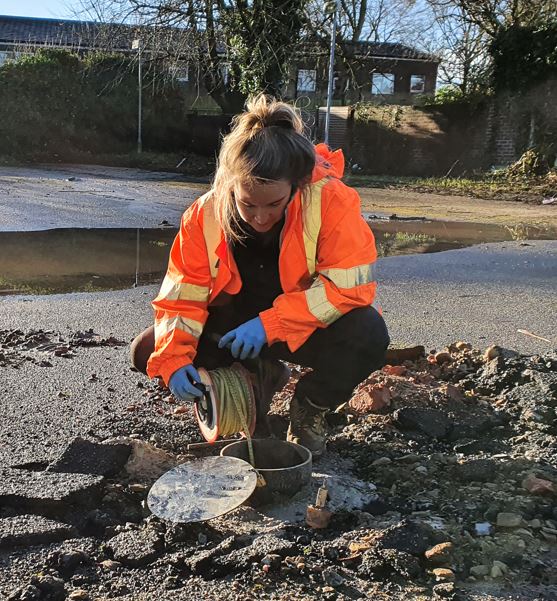
4. Purge and recovery tests
A purge and recovery test provides quantitative information on ground gas flux, which is a solid additional line of evidence for risk assessment. Although it shouldn’t be used in place of gas flow rate, it can provide valuable information to inform a risk assessment of the generation potential of a ground gas source.
During a purge and recovery test, ground gases are flushed out of a monitoring well using an inert gas . Once the monitoring wells is purged and is full of inert gas, a continuous monitoring device is installed to monitor the ground gas recovery. The resulting gas flux back into the well gives information on the speed ground gas concentrations return to a stable condition.
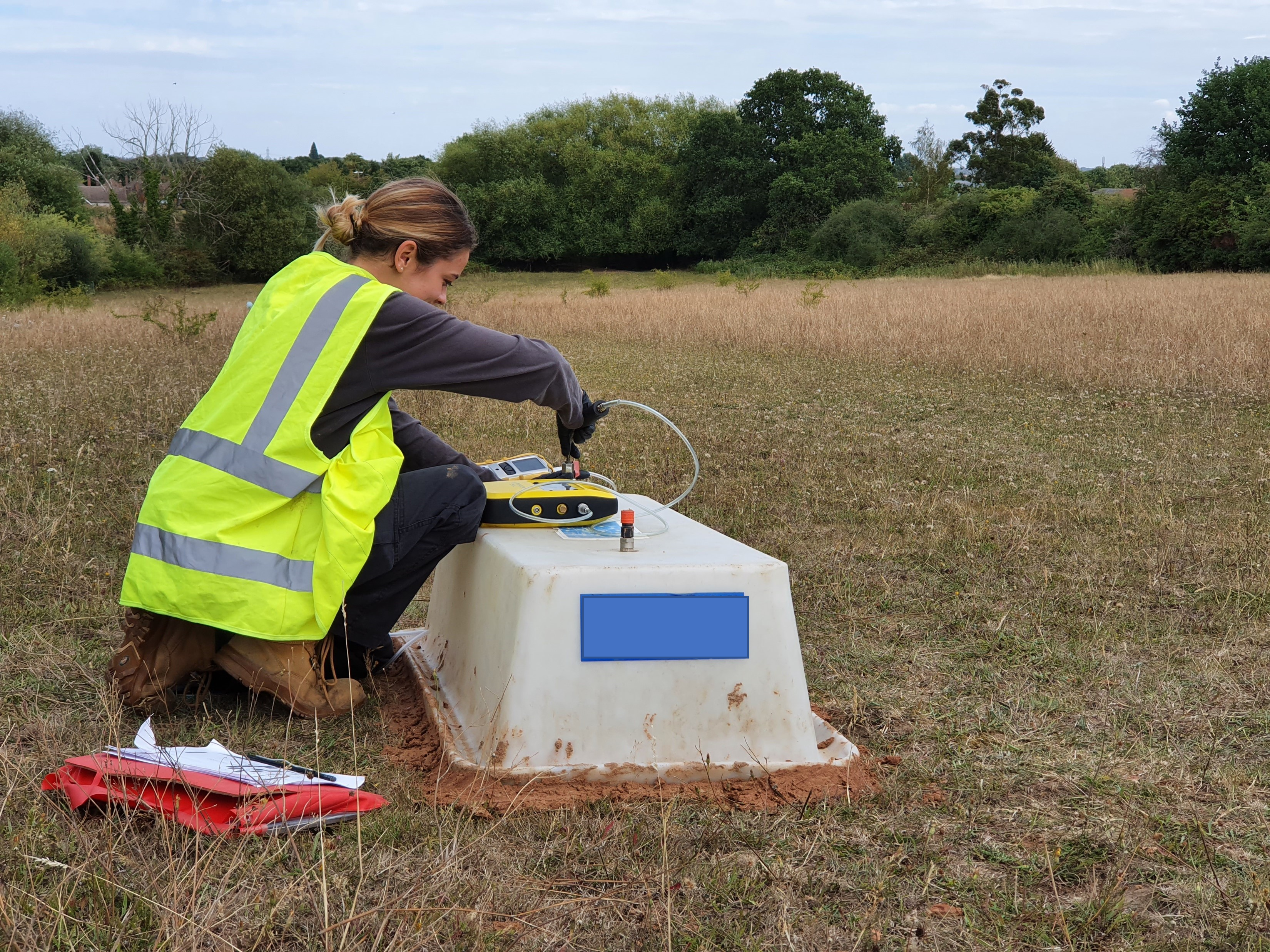
5. Flux box monitoring
Flux box monitoring aims to quantify methane release from a specified survey area. As an additional line of evidence, it can prove that corrective measures have been successful. It can also identify locations where the gas flux exceeds emissions standards and requires further work.
Flux boxes are sealed in place at specified locations, and the methane emitted through the surface is monitored at each. These measurements, plus the flux box internal footprint and volume, are used to calculate the methane flux. The figures from each box are then assessed to determine if the site exceeds emissions standards.
The following pages include news articles, videos, guidance notes and white papers on a range of ground gas related topics which we hope you will find of interest. Please browse through but if you can’t find something on your particular issue of interest, we’d be very pleased to hear from you so we can put that right.
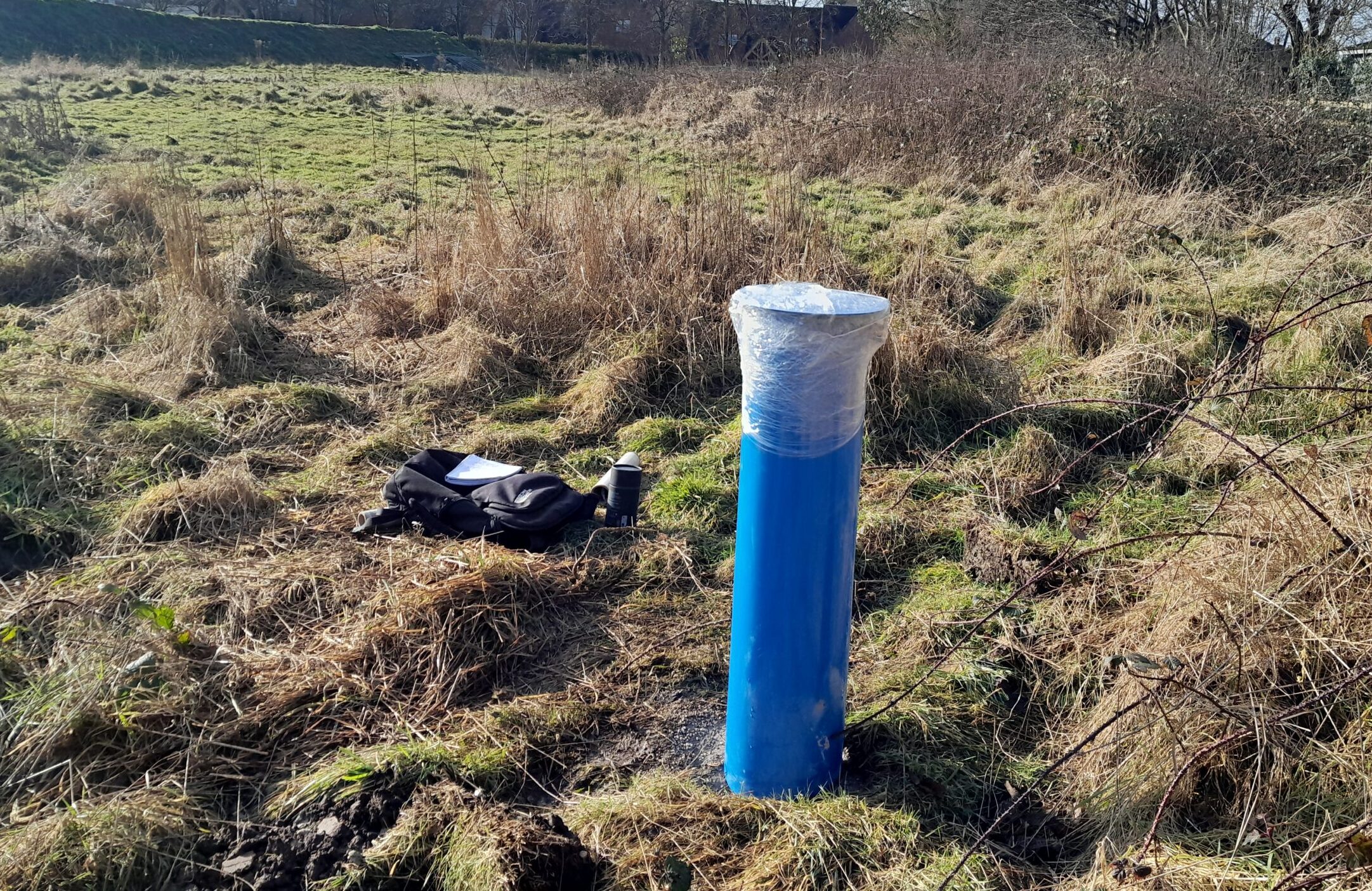
Recently, GGS has undergone several significant changes so we’ve been thinking about the numerous successes GGS has achieved over the past sixteen years in business.
We have worked on over 1,000 continuous monitoring projects and how we became the UK’s leading experts for continuous ground gas monitoring. Keep on reading to learn more about continuous monitoring at GGS.

